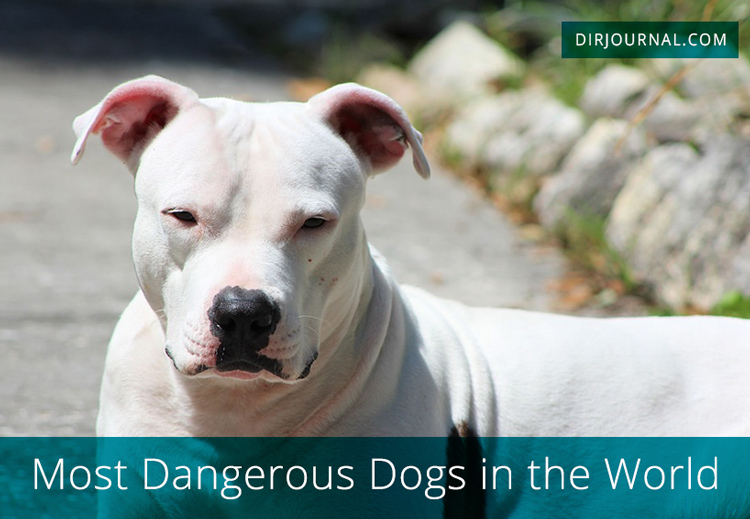What makes one dog breed get a reputation for being more dangerous than others? Should you be more cautious around specific breeds? And does a dog’s breed even matter, or is it always a case of bad training?
Let’s explore some of the world’s most dangerous dogs together. You’ll also learn about what makes us think of certain dog breeds as dangerous. Additionally, we’ll cover the role and history of dog training in building these reputations.
Dangerous Dogs (by Design?)
There are a number of reasons people tend to think of certain dog breeds as more dangerous than others. Not all reasons are valid in the same way: Some are hard statistics, others are personal experiences. But they all can play an important role in our understanding of these animals and our discussion about what might make some more dangerous than others.
Here are some of the reasons we tend to consider certain dogs to be the most dangerous dog breeds:
Reasons for (Perceived) Dangerousness
- There are more reported incidences of dog bites and serious injuries from some breeds. This is one of the big reasons some municipalities consider Pit Bulls the most dangerous dog, even requiring special insurance if you want to have one in some areas.
- The sheer size of some breeds can increase that perceived “danger factor.” Many of the largest breeds actually have very calm temperaments. Their danger has to do with the potential for more serious injuries if those dogs happen to attack or even accidentally injure someone.
- Some dogs give us a feeling of danger because they were literally designed to instill it over the course of history. For example, we’re used to seeing German Shepherds used as police dogs. We’re used to seeing breeds such as Rottweilers and Doberman Pinschers being trained as guard dogs. And we’re used to stories of American Pit Bull Terriers being trained for dog fighting.
- Another big thing that affects our opinions of dog breeds is our personal experience with them. Similarly, anecdotal stories we hear from others can affect us. They may have had either positive or negative experiences with certain types of dogs.
Let’s focus more on that last reason, as I believe it can have the most impact.
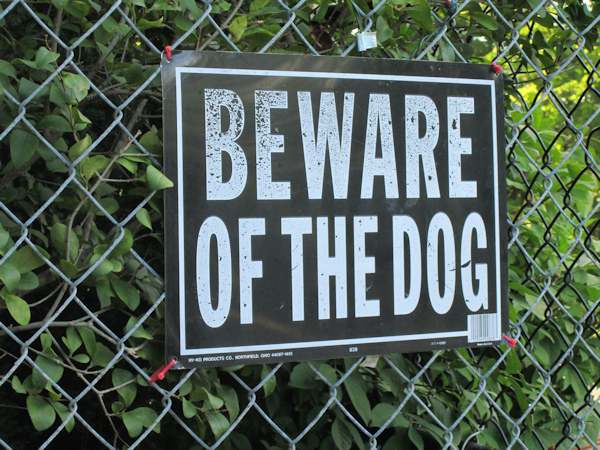
How Our Personal Experiences Affect Our Views of Dog Breeds
Whether it’s right or wrong for us to judge a dog breed based on our limited experiences and the stories we hear about them, it’s something most of us do on some level (myself included). So I’d like to share some personal stories and how they’ve affected me (or not affected me, though you might think it should have).
We saw this in your comments on the original list. For example, we had people saying Pit Bulls aren’t dangerous because their own experiences with the breed have been pleasant. Others shared experiences on the other side of the spectrum.
Personally, I come in somewhere in the middle. I’m not naive enough to think that breed alone makes all pit bulls dangerous or more vicious than other dogs. But I’m also not naive enough to ignore the evidence that this breed has a history of causing more frequent and more serious injuries than most, if not all, others.
Clearly the breed plays some role. Some breeds lean toward different temperaments, or have different loyalties. These might make them great with their own families but naturally suspicious of strangers or other animals or even small children, who have less self-restraint than adults.
My Brother’s Pit Bull Encounter
Personal experience is also a factor, though. My brother has a small dog. He took the dog outside at his apartment building into the parking lot. Another neighbor was outside with their Pit Bull. It wasn’t on a leash (while this is a requirement, going unleashed isn’t terribly uncommon around here). By all measures the dog would have seemed like a normal, calm family pet.
Until it saw my brother’s dog.
It immediately charged at them and grabbed his dog by the throat. There was no provocation, no unusual noise, and they were across the lot — not close to the pit bull’s owner in any way. My brother was able to rescue his dog by lifting the Pit Bull and literally prying its mouth open (which, by the way, is a stupid thing to do — please don’t ever follow that example). The dog let go and his dog was okay after being treated for its injuries. The Pit Bull then latched onto my brother’s arm though. Again, he was okay after being treated, but the wound wasn’t insignificant. It could have been far worse.
My Take on Breed vs. Training
That puts me in that middle ground territory I mentioned before. Personal experience with this breed is terrible. There was no warning sign that the owner trained this dog to attack or fight. In fact, the aggression caught its owner completely off-guard. It just snapped at the sight of a smaller dog. That kind of sudden reaction is far from unheard of with this breed.
But that said, I don’t fault an entire breed (in the case of Pit Bulls, actually three different breeds) for the actions of that single dog. The lack of predictability of some breeds would make them “more dangerous” in my view. But the same goes for poor training and bad behavior by an owner (like allowing any breed with known issues with children or other animals to run free without a leash).
This is far from the only example I could give. Saint Bernards are also sometimes cited as some of the most dangerous dogs. But they’re also known for being calm-tempered and being good with kids. It’s their fierce loyalty that can be an issue.
Guard and Danger
A family member had one years ago. That dog was a great dog for most of its life. It even helped to stop a burglar in the family’s building. But years later it lunged at another family member who the dog knew for its entire life. They came to visit, and out of the blue the dog lunged and went for her eye. She’s still terrified of the breed to this day (and understandably so after an experience like that).
We can’t explain the unprovoked attack. It might have been a breeding issue. The dog might have been having a bad day in some way. We just don’t know. I understand her fear of the breed. But it’s not one I hold myself as a result — perhaps because I didn’t see it first-hand.

I personally own a mixed breed dog — Border Collie mixed with a Lab. At this stage in her life, I would also consider her to be a dangerous dog, especially around children. She is in no way violent. She’s great with cats and other dogs.
Why my Dog Isn’t Harmless
She’s still at that point where she’s young, wants to play all the time, and she doesn’t realize her own size or strength. The hyper aspect is specific to breeds. Both Labs and Border Collies can be very high strung, especially in their first couple of years.
Neighbors and family members don’t want her playing with their tiny dogs, and I think that’s understandable. And I wouldn’t take her out to play with small children for fear that she’d accidentally hurt them by jumping up or knocking them over as she tries to play. Being dangerous isn’t always a case of being naturally vicious, and that’s why so much falls onto the owner. It’s our responsibility to make sure our dogs aren’t put into situations where they’re more likely to cause harm.

How About Your Experiences?
If you’ve had experiences that have shaped your own views of what makes for a dangerous dog breed, let us know in the comments. Tell us what happened and whether or not you think it’s a fair way to judge a larger group of dogs based on the action (or actions) you’ve seen first-hand, and why.
Now let’s get to our original list of some of the seemingly most dangerous dogs, based on breeds. Now that you know why certain breeds have earned their “most dangerous dogs” reputations, can you think of others that might also have a similar history? Tell us in the comments.
Every person that I know deeply cares about his or her pets. They are their best friends. They tenderly love each other. Sometimes they eat together, sleep together, and go for walks together.
I’m more of a cat person, but I can’t sit still when I see little puppies or big dogs with big soft fur. I want to hug them, play with them, and give them some of my love and tenderness too. I’ve also seen many adult dogs of different breeds worth praise and true admiration. They are clever, sociable, and funny when you want to play; calm and patient with kids.
And they’re something I can’t credit cats with: They are faithful.

The Human Influence
Personally, I don’t know any dog that would bite without warning or just snap. It’s my firm belief that behavior of the dog doesn’t depend on its breed so much as it being the right training and the “master” that matter. In my opinion, humans are most often responsible for dangerous dogs. That said, there might be some truth in the idea that some breeds have more unstable temperaments than others. Knowing this, we should never provoke them.
Think for a minute and analyze your own life. Are we always polite? I can think of several situations when I would have gladly slapped a man in the face, but thank God I’m weak enough and I can control myself (at least I think that I can). Now think about animals. They have instincts too, and they may forget about good manners. It’s not as if they understand them in the same ways we do.
It’s also important for dog owners to protect both other people and their dogs from unexpected circumstances and thus the unpleasant situations. For example, when going outside, they could always use a dog-lead and a muzzle. They could be careful and not let the dog play on its own without a leash, especially when there are other people around. When you have a dog, you become forever responsible for the animal you’ve trained and tamed.
Why I Wrote This List
In any case, it’s good to know what breeds of dogs might be most dangerous, just to keep yourself safe. Sometimes the danger in a dog isn’t even a nasty personality, but a matter of them not knowing their own strength.
Even though I personally still find it hard to believe that breed alone determines whether a dog is “dangerous,” you never know what a dog’s owner has taught it. Reliable research into the most dangerous dogs included below comes from the American Veterinary Medical Association, the CDC, and the Humane Society of the United States.
We’ll start with least dangerous of the bunch. Sorry, but there won’t be any terrifying photos today.
Read Also: Ready for a Dog? What Breed?
Dalmatian
Origin: Croatia, Middle Ages
Weight: 40-70 lbs
Height: 20-24 inches
Dalmatians are active and energetic dogs, and love to be outdoors. They are very playful and love running.
There’s still no definite info about what this breed was originally bred for. What is known is that it is the oldest spotted breed in Europe, Asia and Africa. They were serving as warriors, hunters, and shepherds long before finally becoming the symbol of the US fireman.
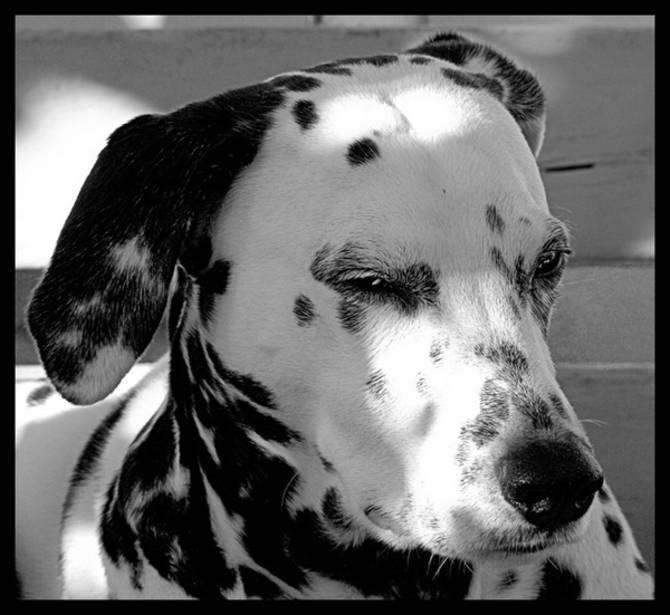
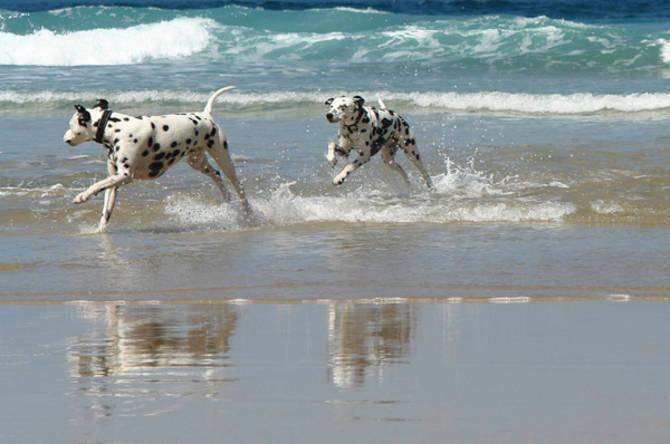
Boxer
Origin: Germany, 1850s
Weight: 50-64 lbs
Height: 20-25 inches
The boxer is a very strong “square” dog. Boxers love to walk, but the owner should never forget the leash. It’s also better to refrain from aggressive games. Still, boxers recognize all members of the family and can play well with the children.
The boxer breed has its origins in feudal Germany and dates back to the line of bulldogs that existed in Europe in the 16th century. These ancestors lived for hunting wild boars and other big wild animals. The first puppy in the new breed received the name “Box”. Boxer’s qualities, such as their strength, were highly valued by farmers and shopkeepers.

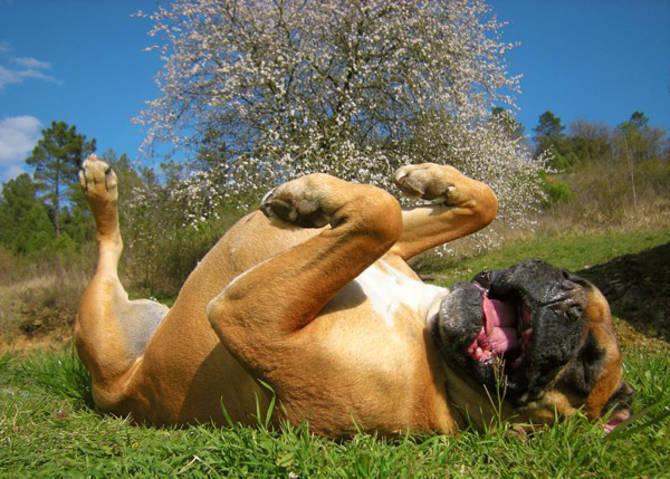
Presa Canario
Origin: Canary Islands, Africa, 18th century
Weight: 100-125 lbs
Height: 25-26 inches
The Presa Canario hails from the Canary Islands. Dogs of this breed had two jobs: Hunting – and war. During the 18th century, English traders and merchants came to the Canary Islands, bringing with them their working and gladiator dogs, notably the Mastiff of England and the bulldog. Englishmen also brought with them their traditions of pit fighting for which their breeds and the island dogs were inevitably mixed and eventually bred to produce the ultimate fighter. Nowadays the breed finds use in guarding, handling, and driving cattle.
The dogs of this breed can be gentle and noble with their families, showing great affection to their owners, but are highly suspicious of strangers.
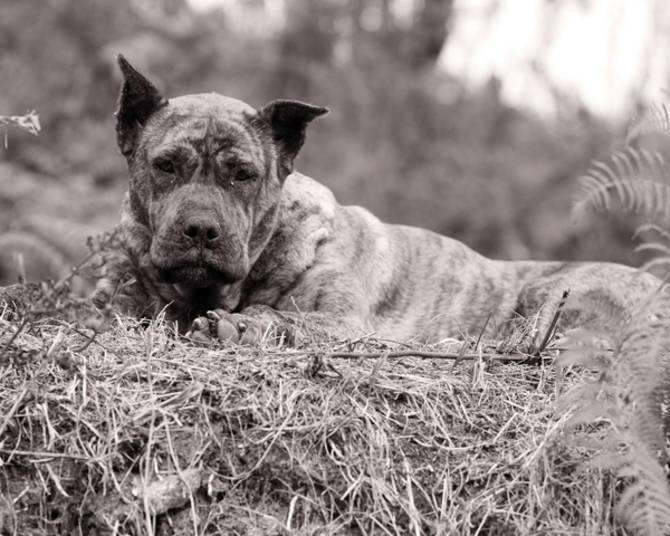
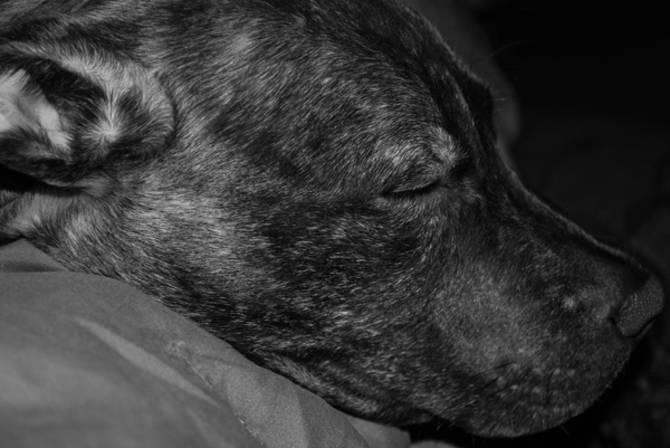
Saint Bernard
Origin: Switzerland, Middle Ages
Weight: 110-180 lbs
Height: 24-29 inches
Saint Bernards are amazingly big and easygoing dogs, but due to their impressive size they can look a bit awkward. They are quiet and peaceful, love children, and are not inclined to active and rapid games. A Saint Bernard will need all of your attention, so if you spend days in the office, this dog is not for you. They are tremendously strong and, of course, they require a good bit of space.
Most likely, the ancestor of the Saint Bernard was the Alpine Mastiff, a pretty aggressive breed. The original Saint Bernards were working dogs and scouts. They were also much calmer than their Mastiff ancestors. For that reason, they make for excellent home companions today.
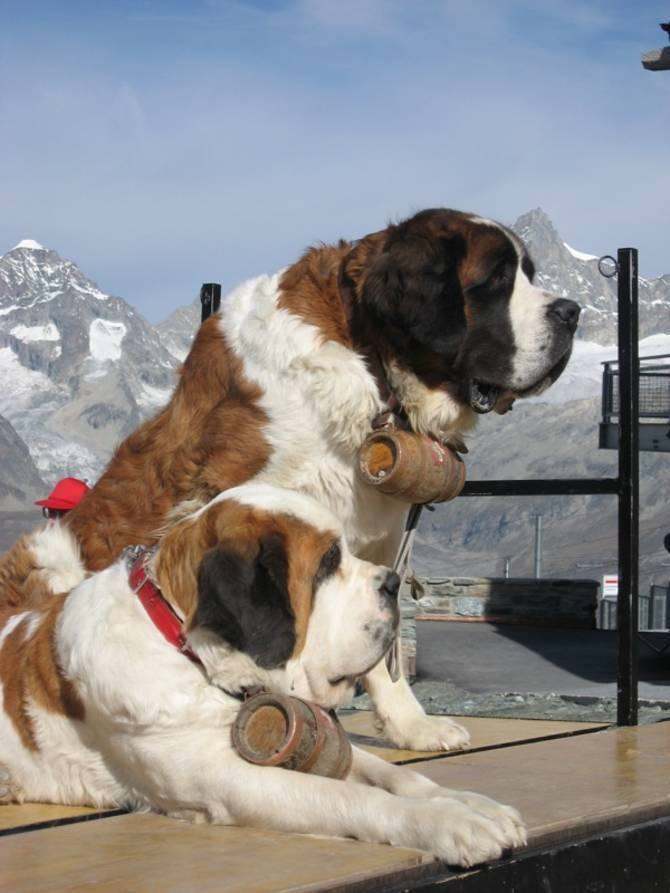
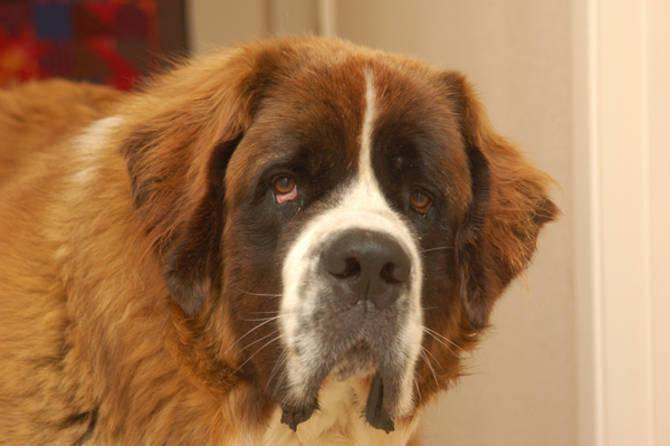
Great Dane
Origin: Germany, Middle Ages to 19th century
Weight: 90-120 lbs
Height: 27-32 inches
Great Danes are beautiful and majestic animals, with a gentle and loving nature. They love to play with children and participate in all family events and activities, especially in the outdoors. They are happy to go for a walk and don’t mind the company of other dogs. Despite their gigantic size, Great Danes can even feel quite at home in a city.
In the Middle Ages, these dogs earned their living in dog fighting and by hunting big mammals.
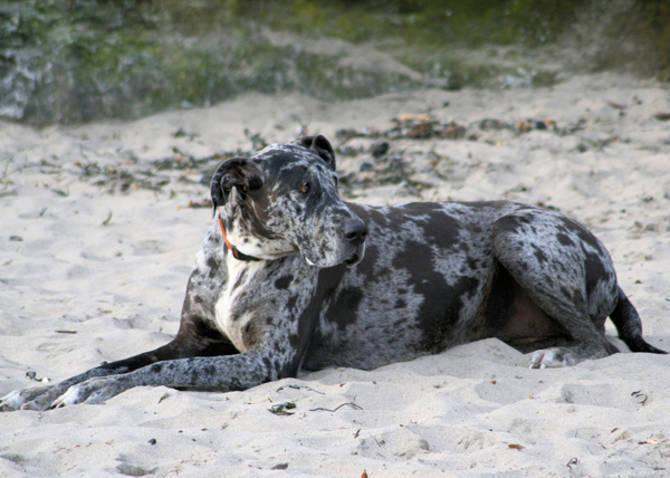
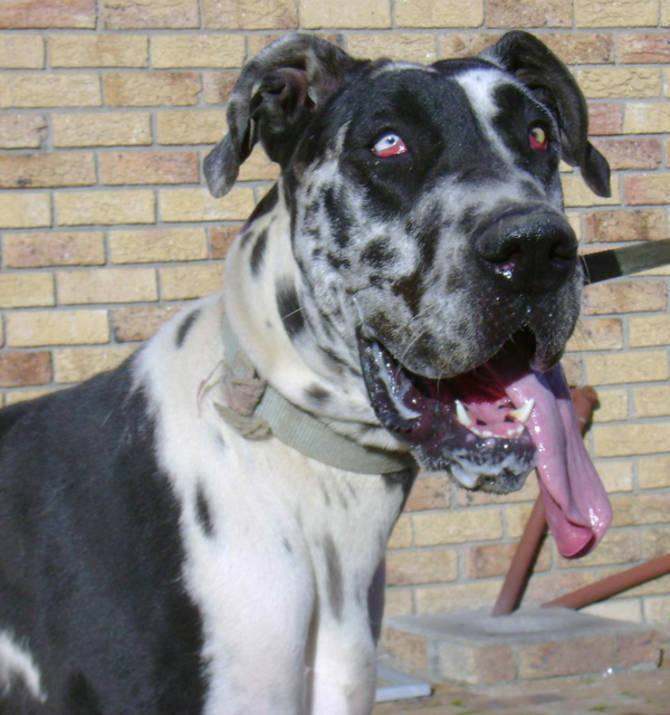
Chow Chow
Origin: China, Antiquity
Weight: 40-65 lbs
Height: 18-22 inches
The chow chow is an independent dog often focused only on its own needs. Chow chows need constant physical activity and communication, even if they don’t seem to like being disturbed much.
The chow chow’s original purposes were hunting and helping shepherds.
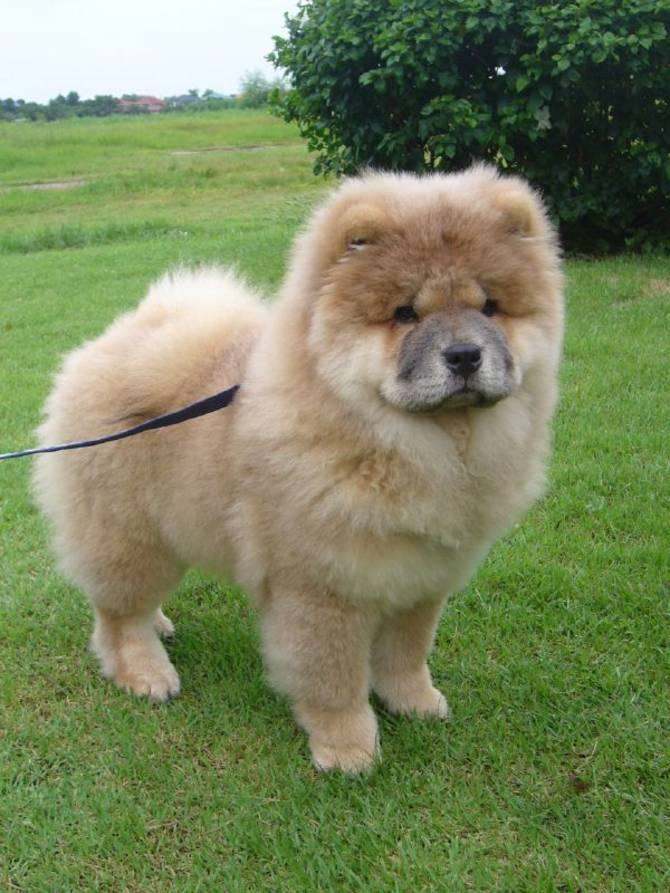
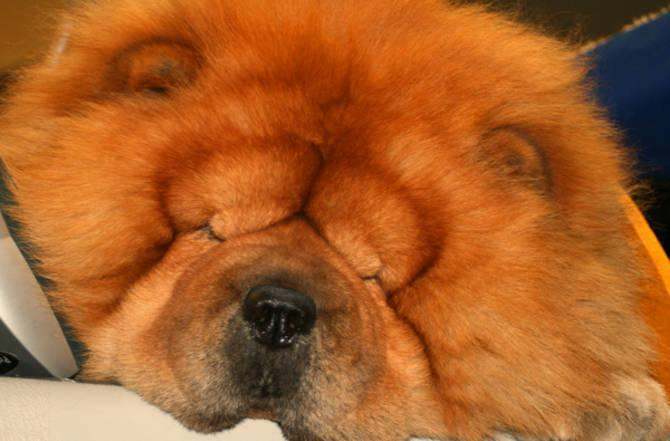
Doberman Pinscher
Origin: Germany, 19th century
Weight: 65-90 lbs
Height: 26-28 inches
Doberman Pinschers (often just called Dobermans) are dogs whose traits emphasize protecting and defending instincts. It is important to avoid any type of aggressive play and struggle with these dogs. Instead, use the games to develop the Doberman’s intelligence. Even though they aren’t small dogs, Dobermans can adapt to life in a city and become a perfect companion for an experienced, physically active owner.
This breed has its roots in in Germany. The breeder Louis Doberman decided to combine the qualities of guard dogs and and the terrier. Luis was a policeman, and so saw the need for a dog that would devotedly defend its owner.
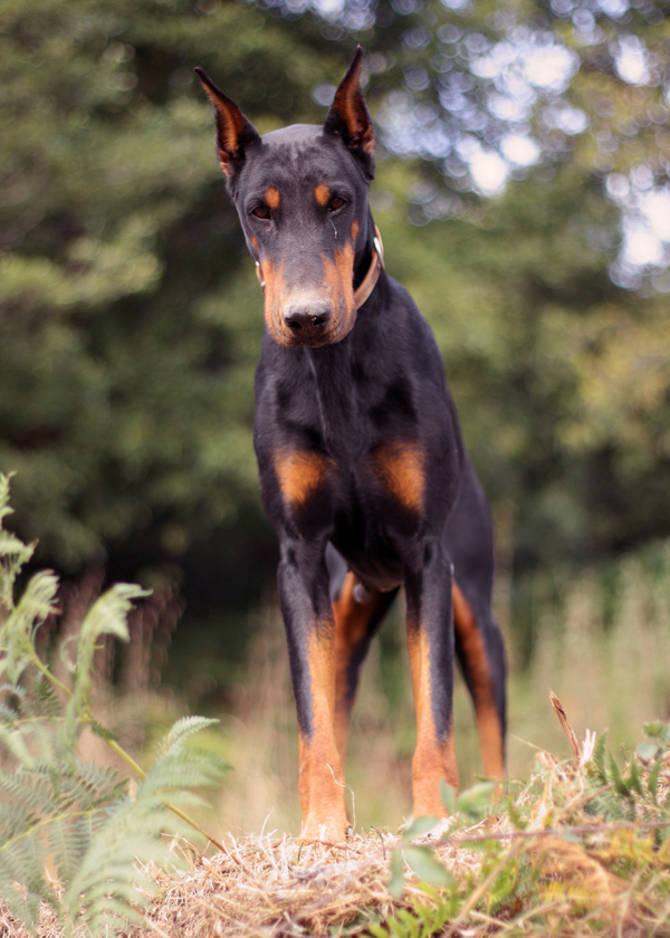
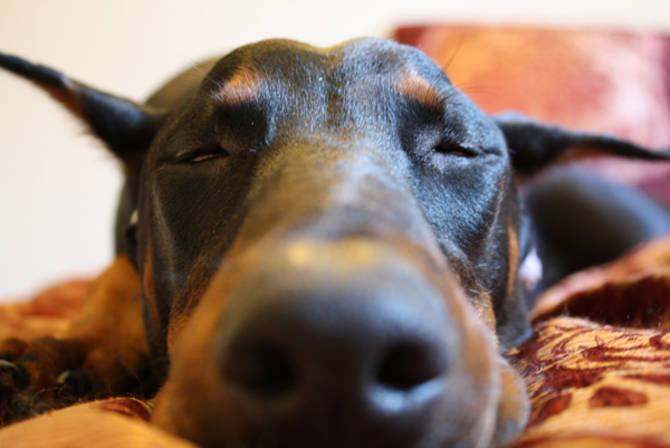
Alaskan Malamute
Origin: North America, Ancient times
Weight: 80-110 lbs
Height: 23-28 inches
The Malamute is a friendly dog, but it has rather an independent temper. It’s better to keep this dog in a village, far from the city. Sometimes violent and energetic, they constantly need to move or play.
Note that Malamutes are a working dog breed from a colder climate. So, if you don’t live in the deep north, make your Malamute a nice playground. That’s because they are always in need of physical activity.
The name of the breed comes from a local North American tribe. They used the Malamute to transport goods on a sleigh.
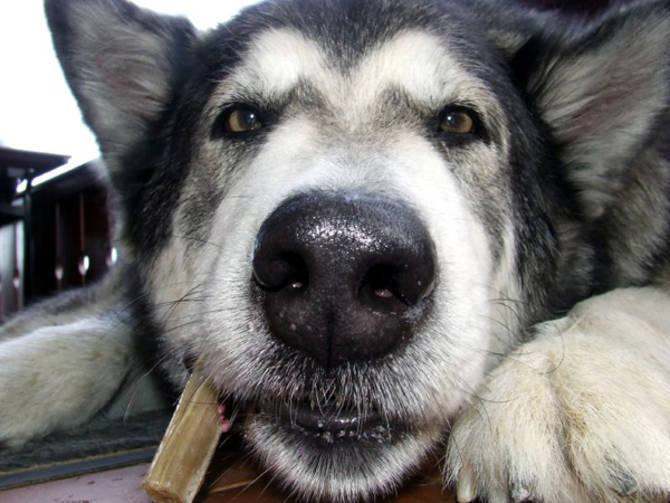
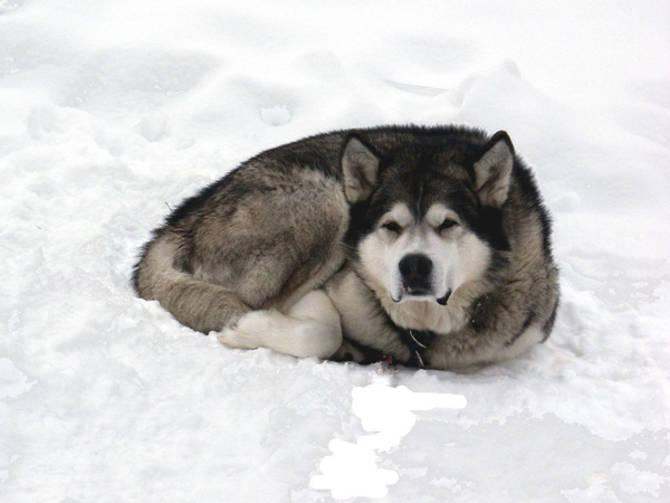
Husky
Origin: Siberia, Ancient times
Weight: 35-55 lbs
Height: 20-24 inches
Training a Husky is not that easy. For these reasons, breeder don’t recommend this dog for beginning owners. Initially, these dogs transported goods on a sleigh. Not afraid of cold weather, they’re very active and loving dogs. Huskies love to get together with other members of their breed and howl at the moon.
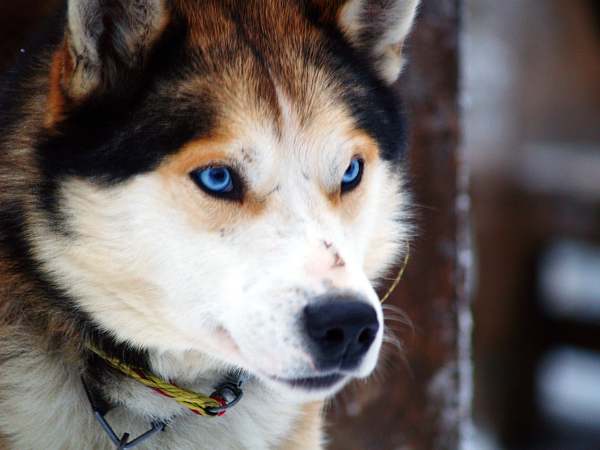
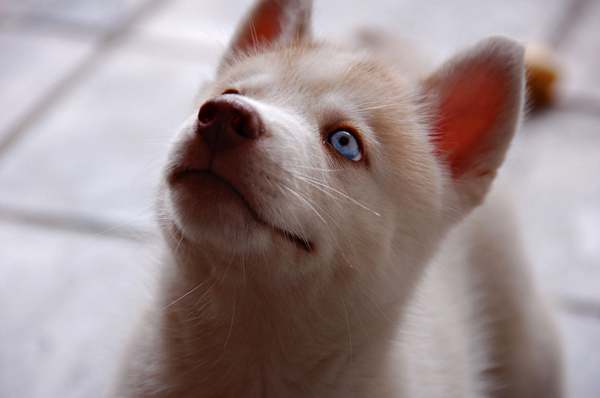
German Shepherd
Origin: Germany, 19th century
Weight: 70-85 lbs
Height: 22-26 inches
German Shepherds are very beautiful dogs, distinguished from other breeds by their reliable and obedient temper. They are in need of constant and serious physical activity though, and they seem to prefer long walks and active games.
Originally (as obvious from the name), the dogs guarded grazing sheep. They are great home guards and often participate in programs for the disabled.
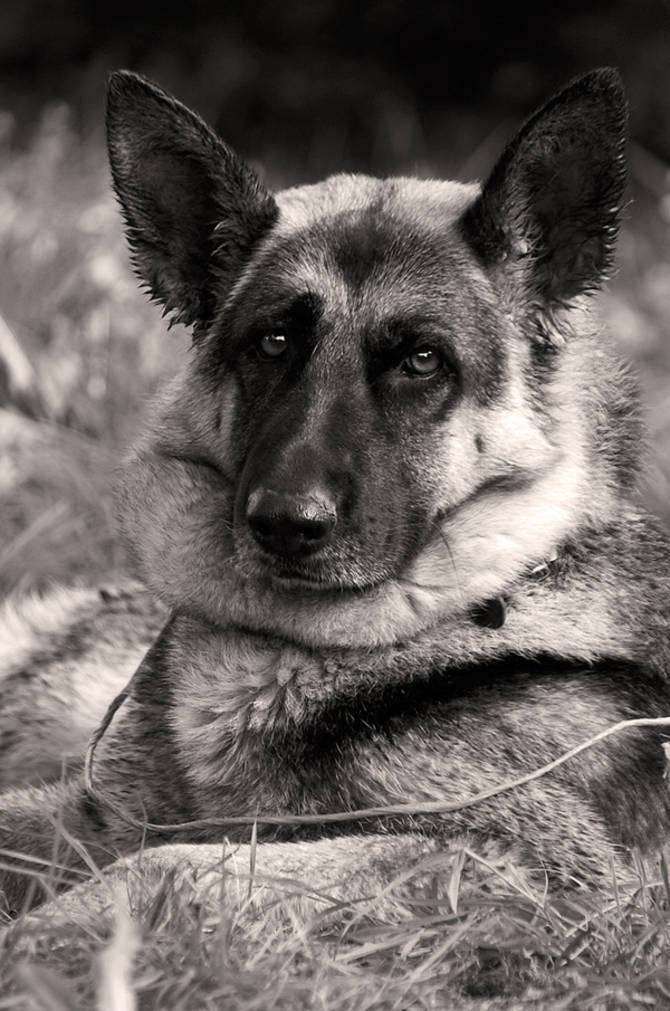
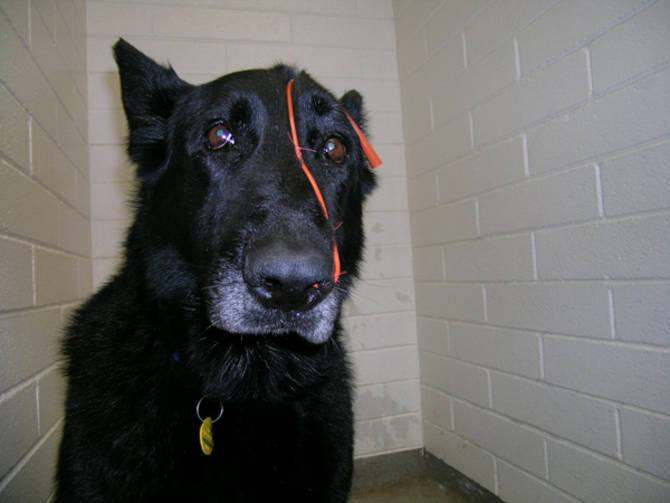
Rottweiler
Origin: Germany, 1820s
Weight: 85-110 lbs
Height: 23-27 inches
Rottweilers are powerful dogs with strong jaws, primarily meant to protect. Their original breeders selected those traits especially for that purpose. They often don’t like strangers and other dogs — they are guards at heart, and the dog owner should always remember that.
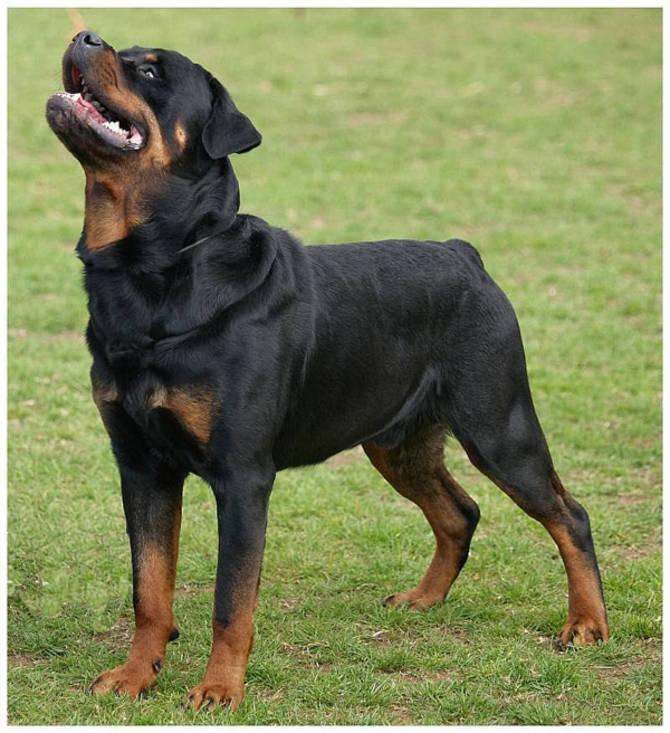
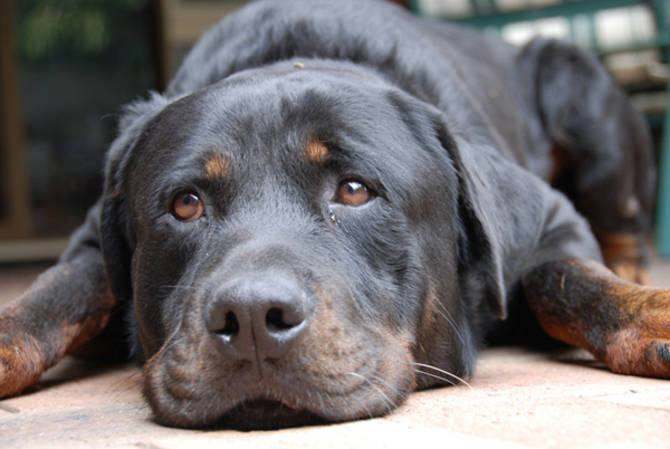
Pit Bull
Origin: US, 19th century
Weight: 30-55 lbs
Height: 18-22 inches
The Pit Bull is named after its original purpose: The questionable amusement of dog fighting in pits. Sad as it is, that bloody tradition has survived in places, and Pit Bulls still have to take their part in it.

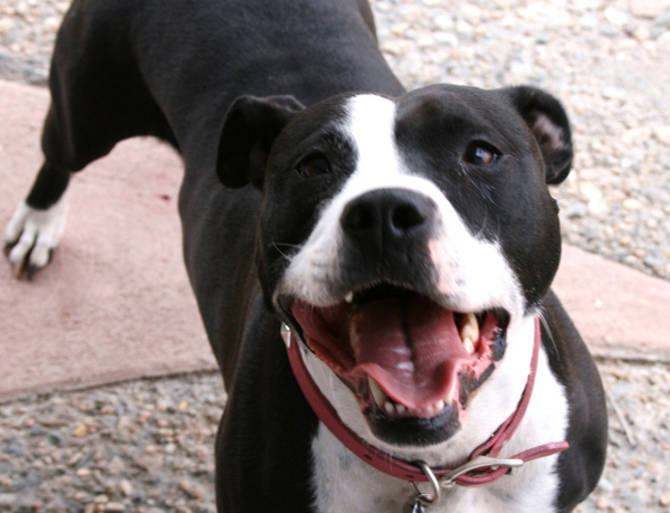
Photos source: Flickr
American Bulldog
Origin: Southern U.S., 17th century
Weight: 60-120 lbs
Height: 20-28 inches
The American Bulldog is descended from the now-extinct Old English Bulldog, which was bred for farm guarding, livestock herding and bringing down game, and blood sports such as bull-baiting.
Today’s American Bulldog arose from any such dogs brought to America by working-class immigrants, many of them former farmers. In the South, these dogs were an important line of defense against feral hogs.
By the time of World War II, the American Bulldog almost went extinct, but was saved through selective breeding.
These dogs are large, heavy, and have powerful jaws with a typical overbite. They were bred for aggression and protection instincts. While they are suspicious of strangers, they are also very loyal and family-friendly. However, they need lots of space and attention.
Bullmastiff
Origin: England, 19th century
Weight: 100-130 lbs
Height: 24-27 inches
Bred around 1860 by English gamekeepers, the Bullmastiff’s job was to guard game preserves. They caught poachers, holding them until they could be arrested. They emerged from a cross of the large but non-aggressive Mastiff with the aggressive but smaller, lighter Bulldog.
Starting in the 20th century, they became a distinctive breed.
Today, Bullmastiffs are typical watch and guard dogs. They are fiercely loyal and love their families, but they have an extremely strong territorial instinct, and can be stand-offish towards strangers. When they’re properly trained, Bullmastiffs are also frequently used as gentle therapy dogs.
They are easy to groom, doesn’t shed, but are very prone to drooling. Bullmastiffs generally don’t need too much attention or movement.
Note that this dog was bred to be very quiet, so it won’t audibly warn when it’s startled or otherwise in a bad temper. In combination with their strengths, this makes Bullmastiffs one of the potentially most dangerous dogs.
Note: This post was originally published on April 1, 2009. It has since been updated with a new introduction and further background on the history of dangerous dogs.







